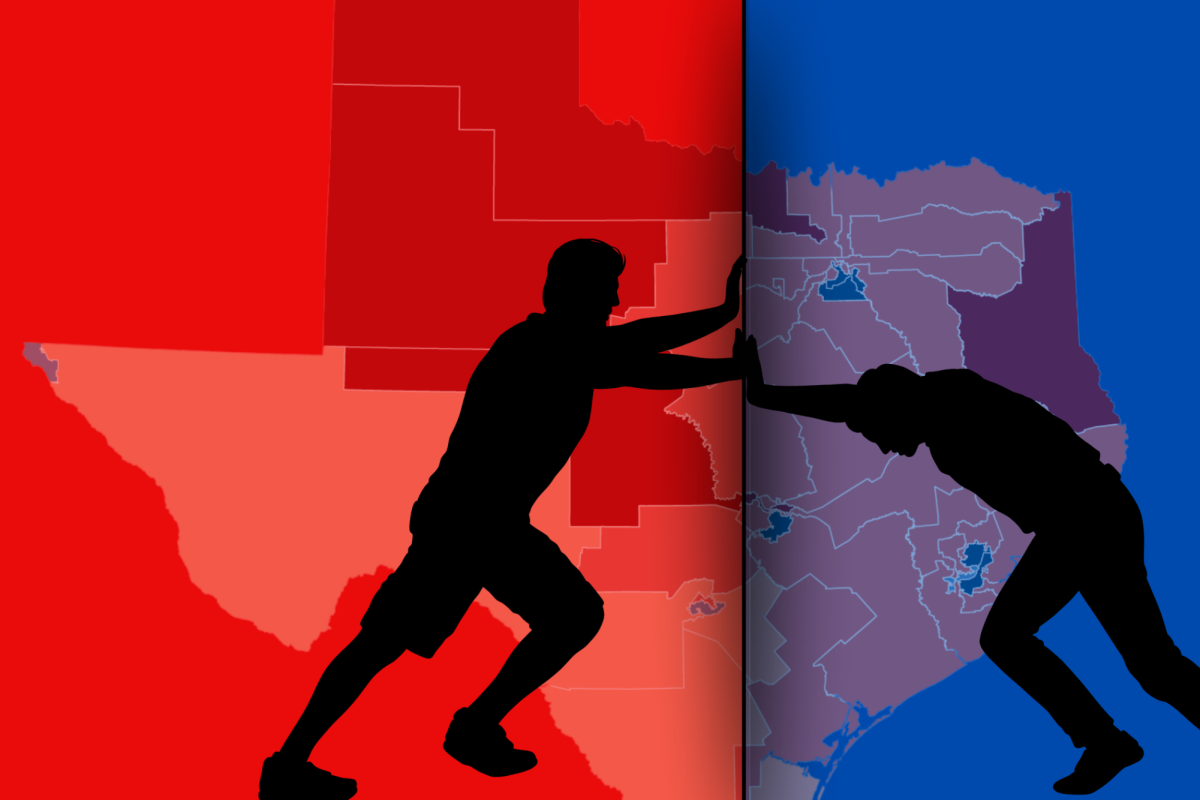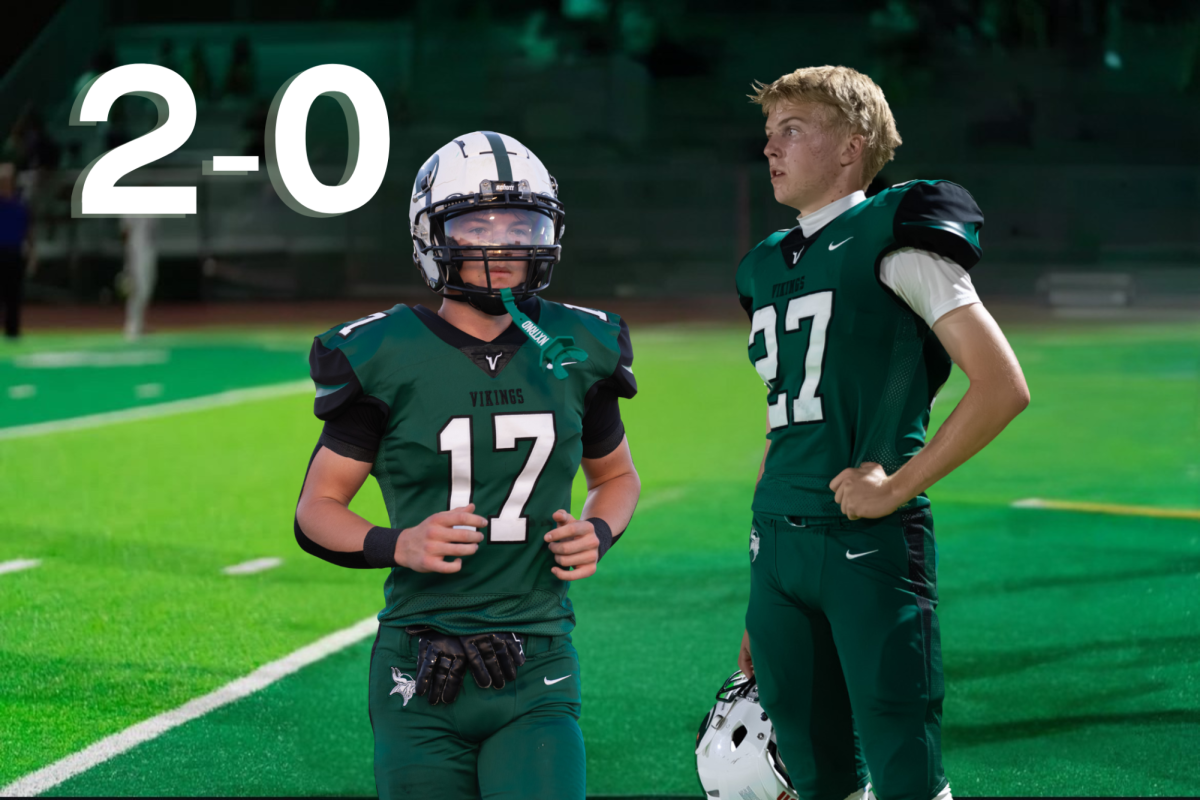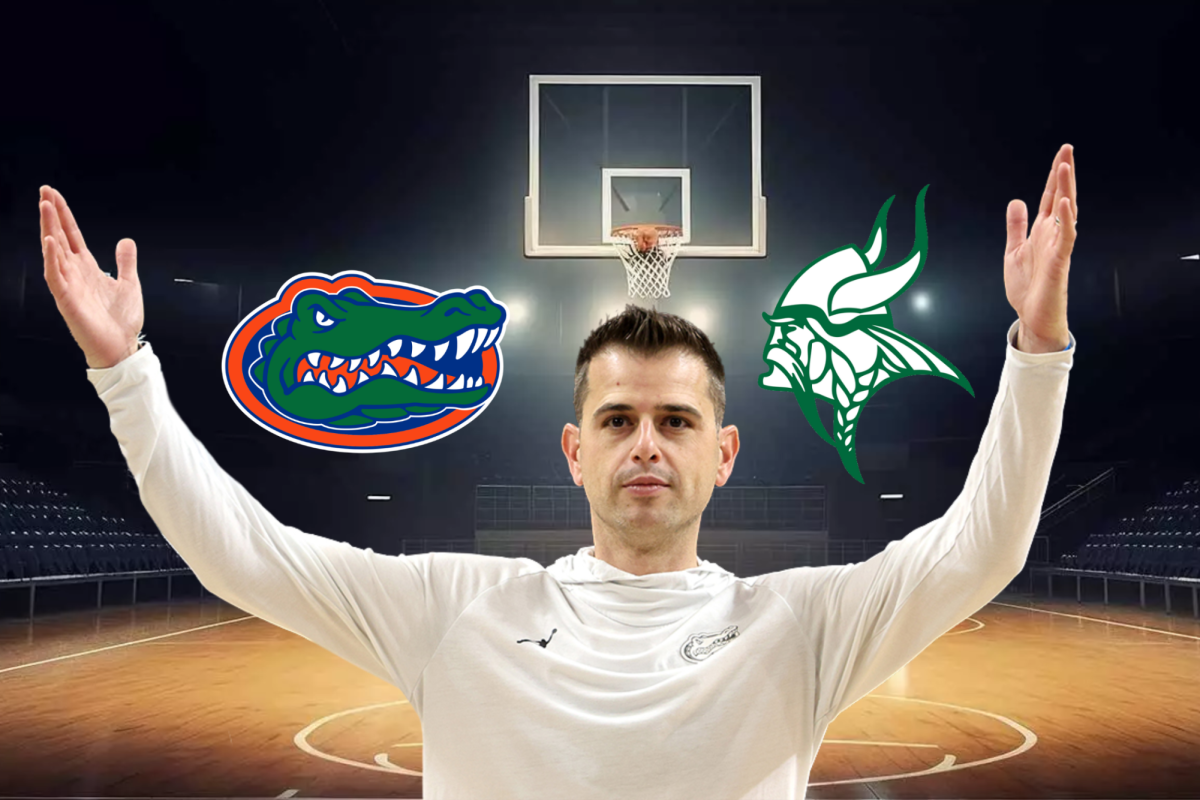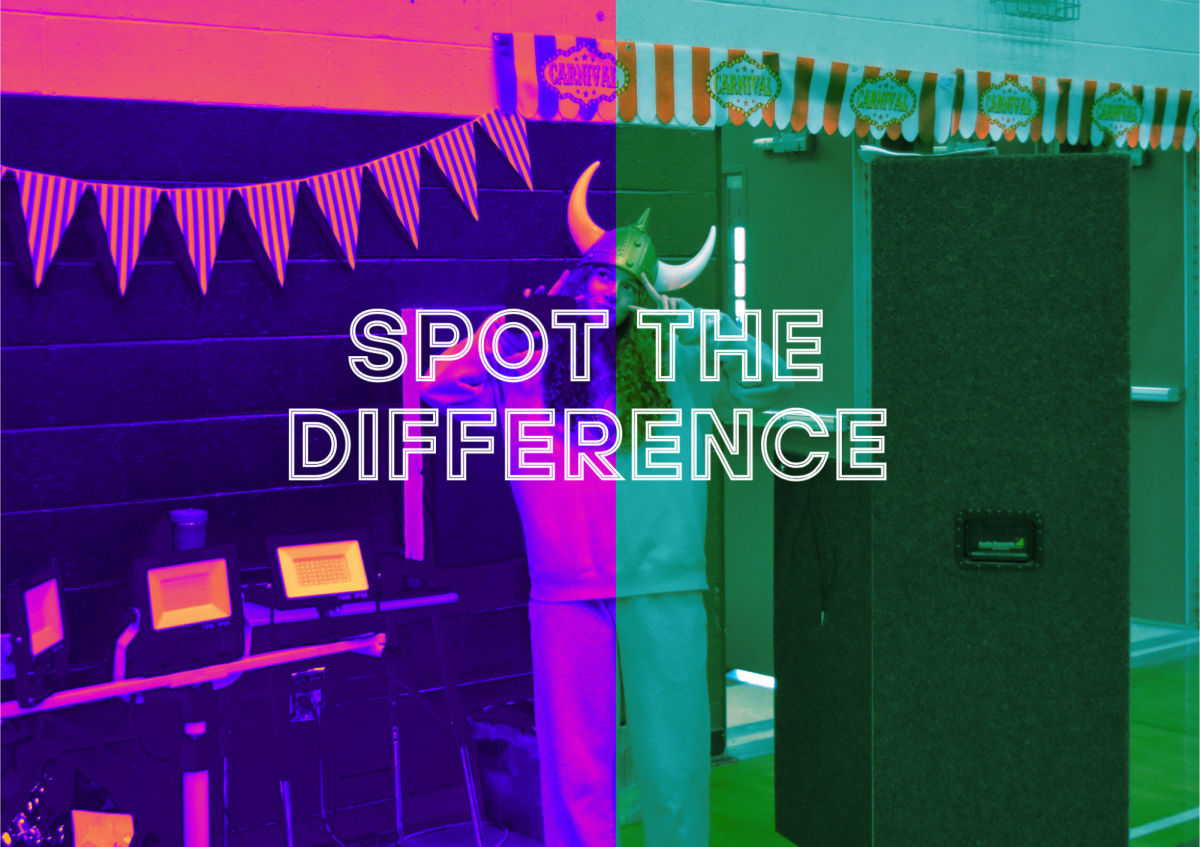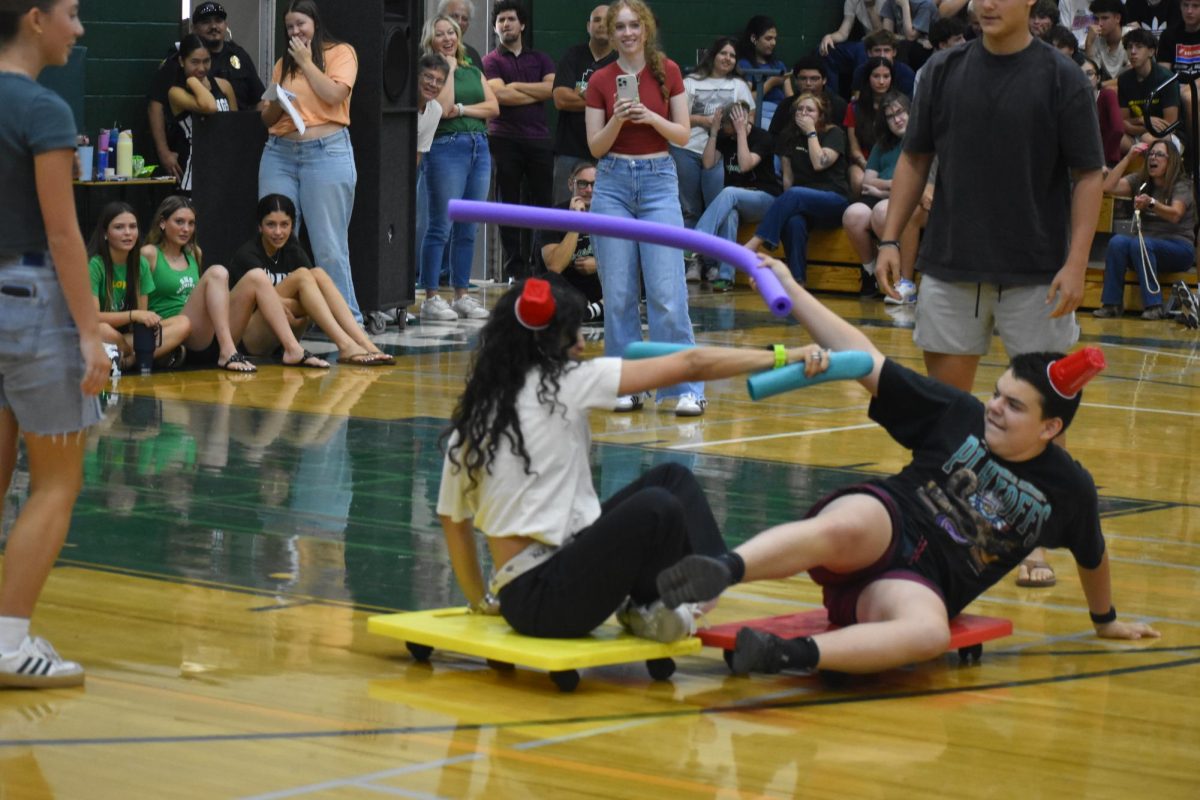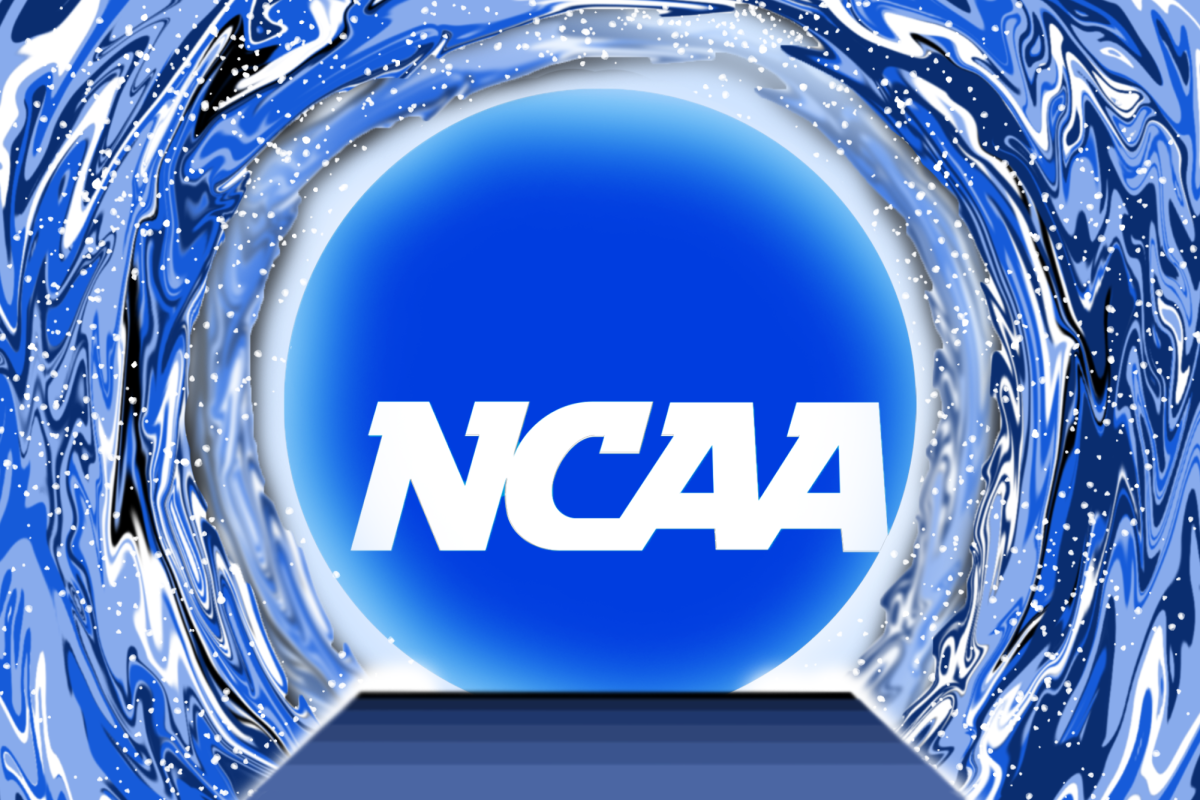It’s game day.
You’re ready to compete, but when you look in front of you, you see you’re going head-to-head with your ex-teammate.
You were roommates, workout partners, and best friends for three years.
Then suddenly, she announced that she would soon be gone–she had entered the transfer portal.
The NCAA transfer portal is an online communication tool that thousands of college athletes use to transfer athletic programs and communicate with coaches.
Student-athletes may choose to transfer for a multitude of reasons, ranging from the coaching staff to more impressive scholarship opportunities.
The transfer portal’s accessibility has made it easy for students to enter the recruiting process and find a new home.
But is it too easy?
With the accessibility of the transfer portal, many athletes have consumed programs’ time, efforts, and resources, then have gotten up and left for what seems to be the best school at the moment.
While it has been around since 2018, the NCAA transfer portal has seen a significant increase in popularity in recent years, as “More than 31,000 student-athletes entered the transfer portal in 2023 alone,” according to an article by Hannah Dewey, RealResponse Director of Business Development for Collegiate Athletics.
This influx of transfer students is largely attributed to the name, image, and likeness (NIL) rights.
With these rights, college athletes may profit from endorsements.
While this is a great opportunity for young students, it has been rumored that a large number of decisions to transfer have been influenced by greater NIL opportunities at certain schools, which raises the question of the fairness of such financial involvement with collegiate athletics.
For example, NCAA Quarterback Carson Beck began his career at the University of Georgia, reportedly with a $1.6 million pay in 2024, then doubled that with an expected $4 million contract with the University of Miami (CBS Sports).
Furthermore, the recent flood of transfers has caused the dynamics of college recruiting to completely shift.
Former Alabama University Head Football Coach Nick Saban said “player behavior in the age of the transfer portal” contributed to his choice to retire.
As the number of transfers increases, coaches face new challenges with opportunistic athletes.
Coaches now “have to not just recruit new players, but also re-recruit their current roster,” said an article by Sports Illustrated.
Due to such challenges, coaches are struggling to develop program depth, as athletes are chasing further opportunities.
With the beginning of each new season, there is an adjustment period, as people graduate and newcomers get into the flow.
However, with transfers taking place on such a large scale, it is increasingly difficult for teams to ever move past this period and build the chemistry needed for success.
Many transfers have earned a reputation, like the infamous NCAA Women’s Basketball Player Hailey Van Lith, who began her collegiate career at Louisville, playing with the Cardinals for three seasons.
“He’s always had my back,” Van Lith said about Louisville Head Coach Jeff Walz, and Walz claimed, “I think her [Van Lith’s] family would agree that we gave them everything that we had.”
Yet, it wasn’t enough for her.
Van Lith unexpectedly entered the transfer portal and committed to play at Louisiana State University (LSU) for the 2023-24 season, which was followed by another entrance to the portal and a transfer to Texas Christian University (TCU) for her final season of eligibility.
As of 2023, multi-time transfers were allowed immediate eligibility, making it easy for athletes like Van Lith to chase the top program.
However, this model seems to be unsustainable without further regulations.
In fact, some conferences already have “rules which prohibit a student-athlete from transferring to an institution within the same conference and restrict you from competing right away. Often, this involve[s]… losing a competition season,” according to Courtney Rickard, a former NCAA Division I Senior Associate Athletic Director.
Overall, the NCAA transfer portal is an incredible tool in the world of college athletics, but there is an extent to which its use can be considered justified.
On one hand, high profile student-athletes who do not have time for a typical college job or lifestyle are allowed to focus solely on their performance; but to a greater degree, turning young adults into multi-million dollar figures is eroding the true purpose of college athletics: the privilege to pursue something you love at a higher level, by the kindness and trust of coaches.










